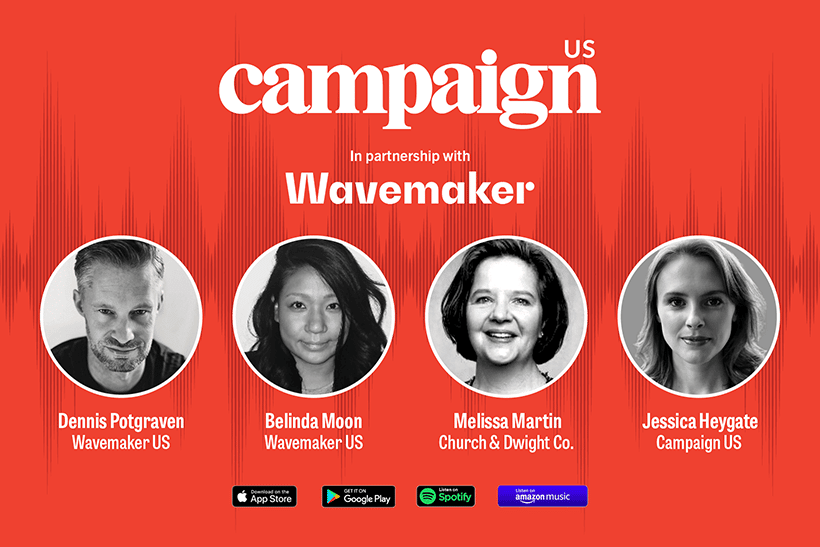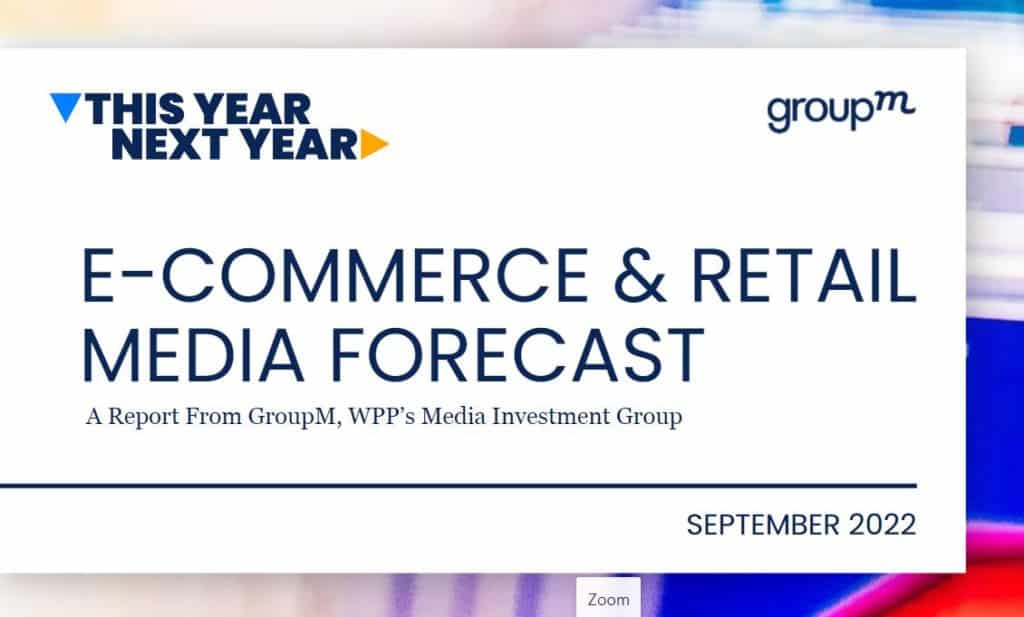Op-Ed by Whitney Fishman Zember, Managing Partner, Innovation & Consumer Technology, appears on MediaPost.com.
We’ve read/talked/learned a lot about smart devices — how they can help you gain control and confidence via self-monitoring your health and wellness, how they can provide proactive support for lifestyle changes, how they enable you to live an untethered, on-the-go life (not so super-useful this past year, though), etc.
But that utility, and that ability to start tracking your workout or pick up a call from your Apple Watch, is predicated on the assumption you can easily tap the watch screen and navigate the device with your fingers. For many people with disabilities, this is simply impossible. Now how is that device providing any sense of “smart” to someone who can’t access and unlock (literally and physically) its critical features to enhance and improve life?
As part of its previews of software updates designed for people with disabilities, Apple recently shared that it’s seeking to rectify the way its devices were traditionally designed. By noting that “accessibility is a human right,” Apple’s improved design approach seeks to provide better accessibility for people with disabilities ranging from mobility, vision, hearing, and cognitive.
Among the updates was my personal favorite, AssistiveTouch, a motion-controlled feature (based on Apple Watch’s built-in gyroscope, accelerometer, and heart rate sensor-based data) empowering those with limb differences a way to navigate Apple Watch without having to touch the controls or display, unlocking true utility and value.
Designing with accessibility in mind is a critical, yet often overlooked conversation. We design for targets, for reach, for platforms, but we don’t always design for accessibility. This challenge isn’t reserved solely for technology, either.
When it comes to inclusivity, it can’t just be about your marketing. Everything, from the product to the packaging and advertising — inadvertently or purposefully — highlights your stance on inclusivity and how you deliver it.






